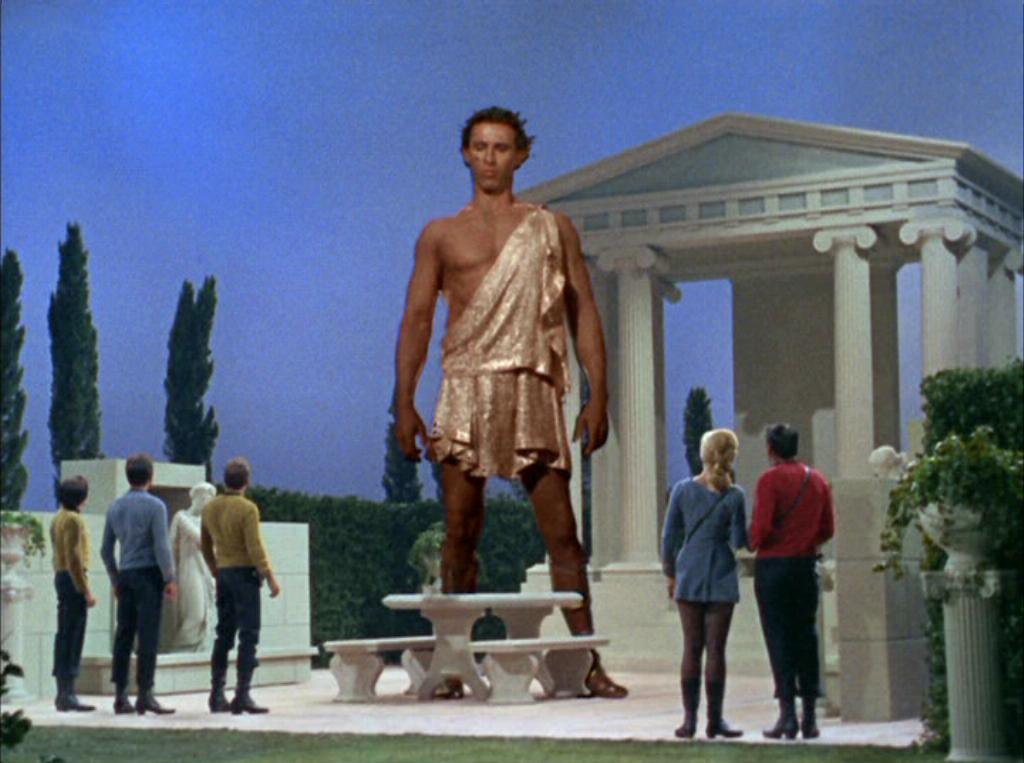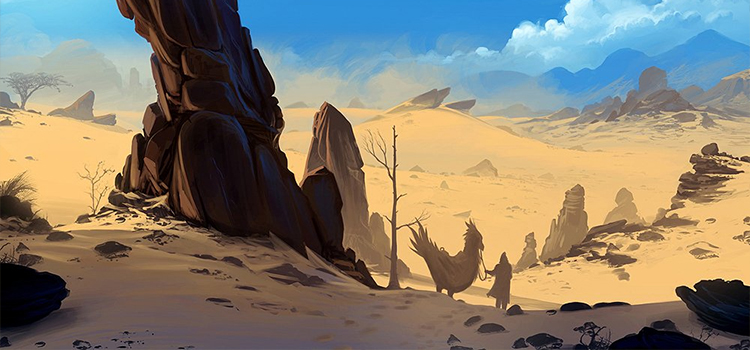Dark Sun is an evocative setting as is, but there's nothing wrong with a little variety. Maybe there are two great tastes that taste great together? Try these:
 |
| Art by Kevin O'Neill |
Dark Sun, Red Sands
Killraven (and the
War of the Worlds tv shows, and perhaps
The Tripods series of novels by John Christopher) posits a world where the Martians from Wells's novel return and succeed in their conquest. The Masters would no doubt turn their vast, cool, and unsympathetic intellects toward areoforming Earth in the image of their homeworld. Desertification and cooling, accomplished by casting dust into the sky (making the sun appear darker and redder). Over time, the Masters became decadent and lost the ability to produce much of their technology. They amused themselves with bloodsports and petty intrigues. The mutants and monsters they had bred for various purposes escaped into the wilds. Earth becomes almost Mars, and almost Mars becomes Athas, or something pretty close.
 |
| Art by Frank Frazetta |
Dark Red Sun
Two ideologies fought a centuries long war, unleashing weapons they destroyed their world's environment, mutated its creatures, and cast both civilizations back to a more primitive state.Perhaps these competing tribes were called the
Kohms and Yangs, but certainly the victors in their struggle flew a red flag (as ERB had it, in the original version of the book that became
The Moon Maid). In any case, their former differences don't matter as much anymore in a harsh world where human and inhuman is a bigger distinction. Sometimes, though, the desert tribes still give the ancient war cry:
"Wolverines!" though none remember what it might mean.
 |
| Art by Ken Kelly |
Dark Western Sun
This riff is to
BraveStarr what McKinney's
Carcosa might be to
Masters of the Universe. When galactic civilization tore itself apart in civil war, many frontier worlds, left on their on, backslide into primitivism. The strange, psionic races of Darksun left their reservations and remote hiding places and turned human habitation into settlements isolated by wilderness, where the only law comes from the barrel of a gun.















.png)











